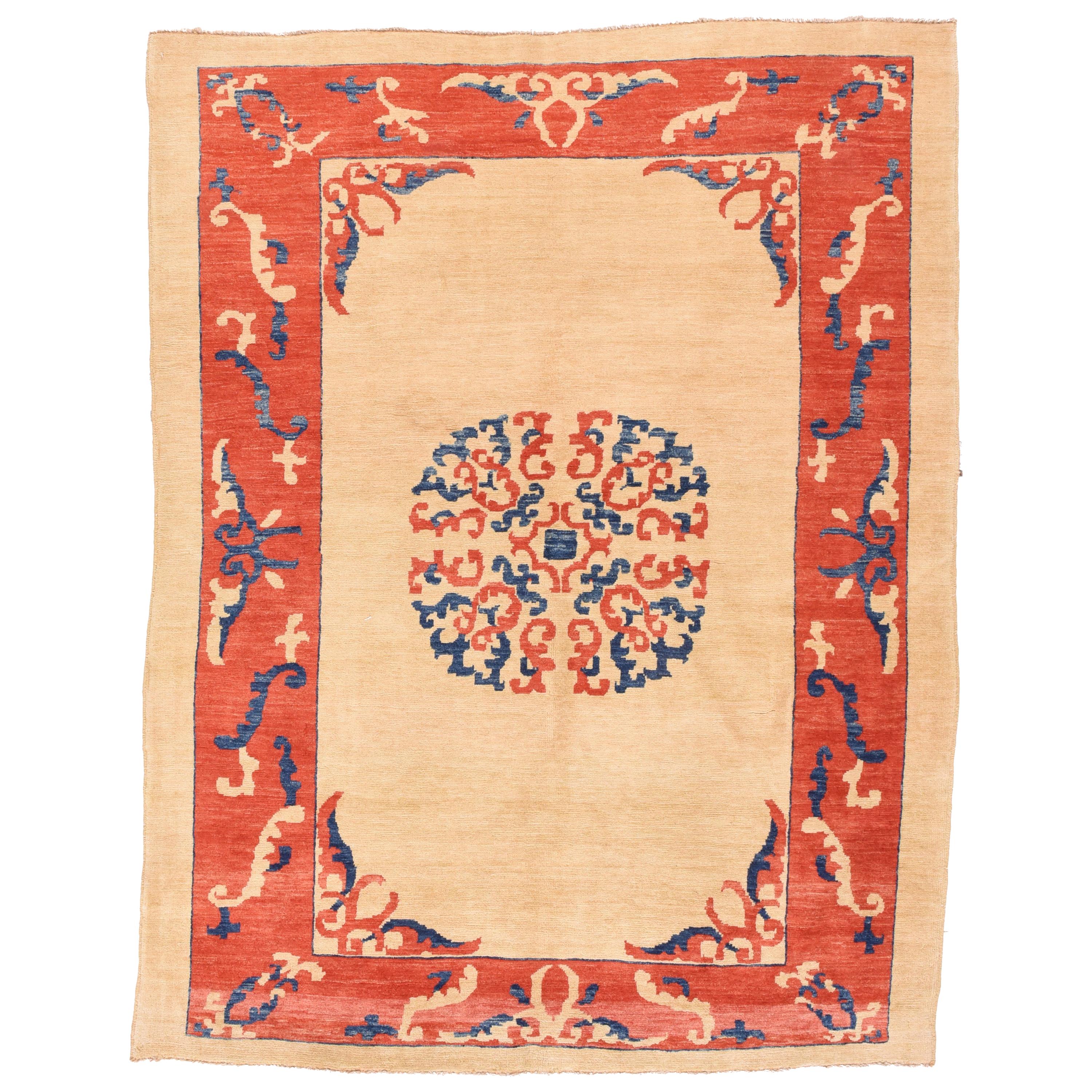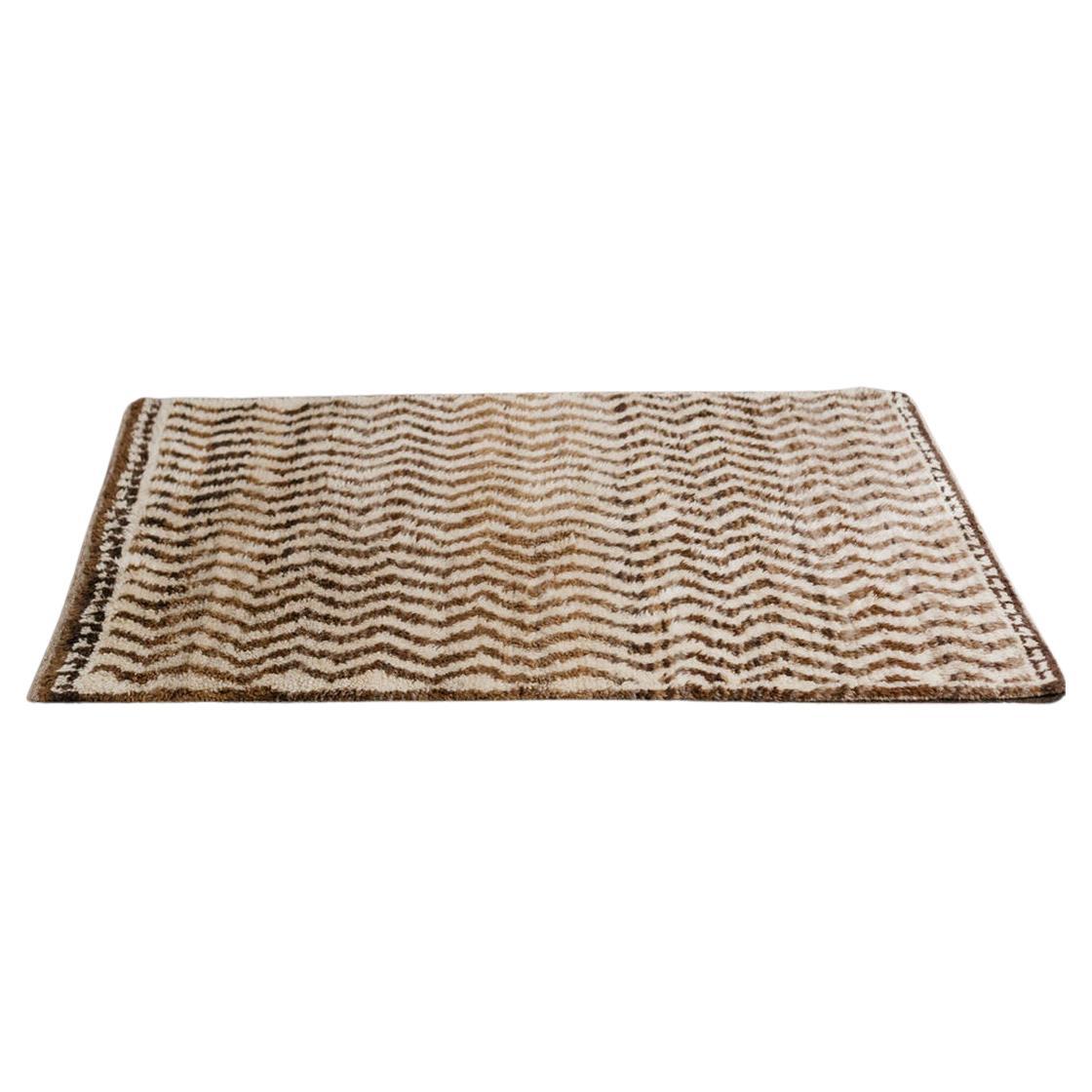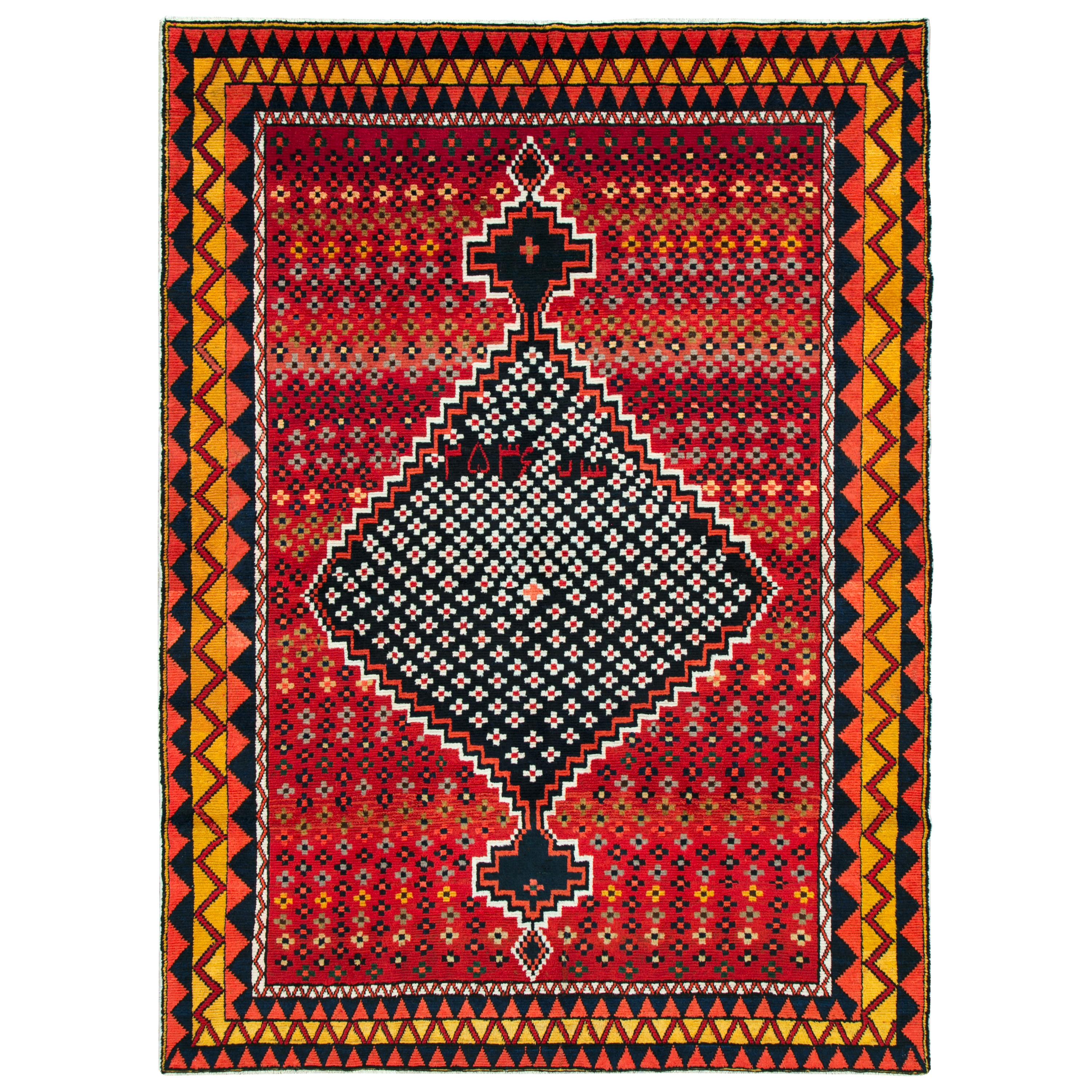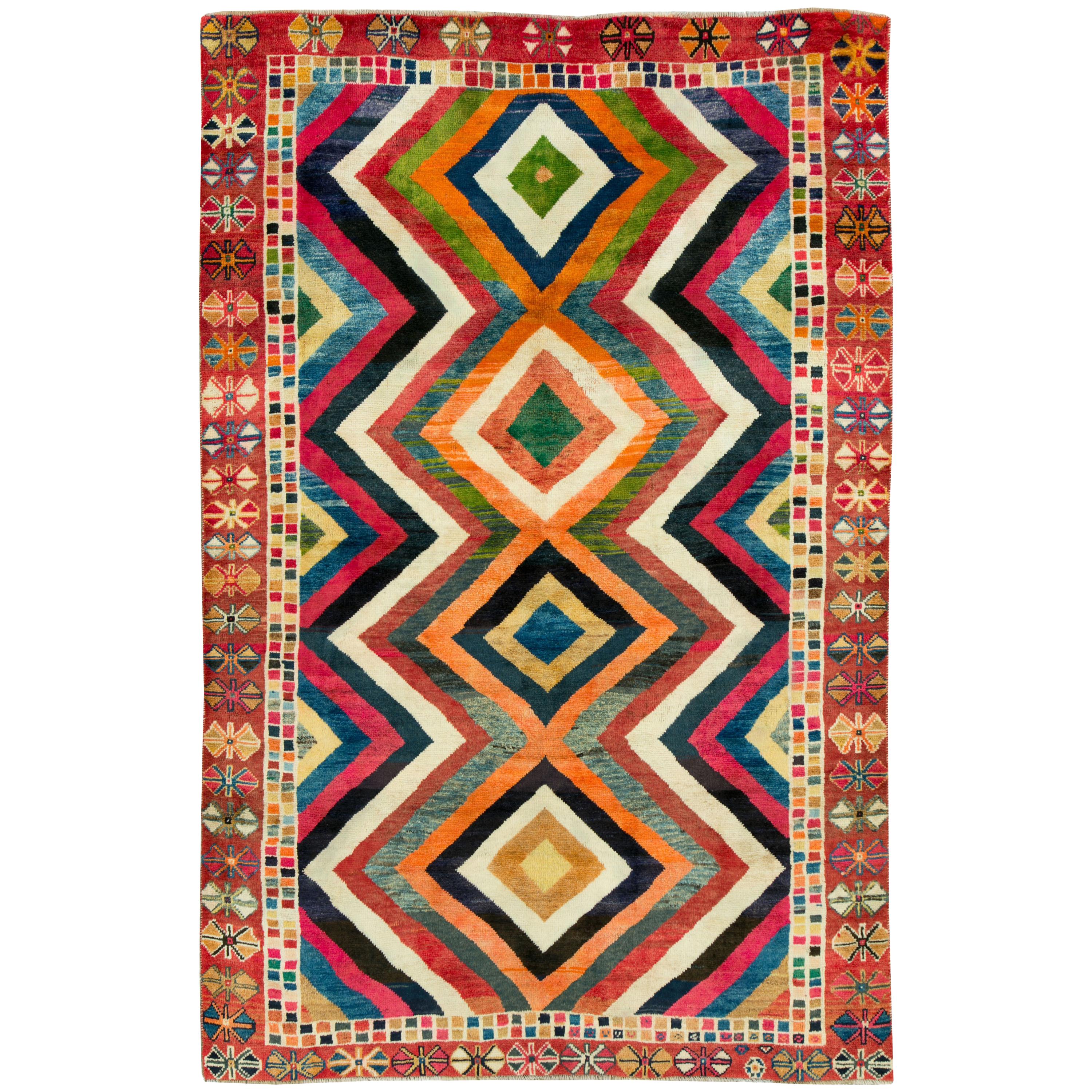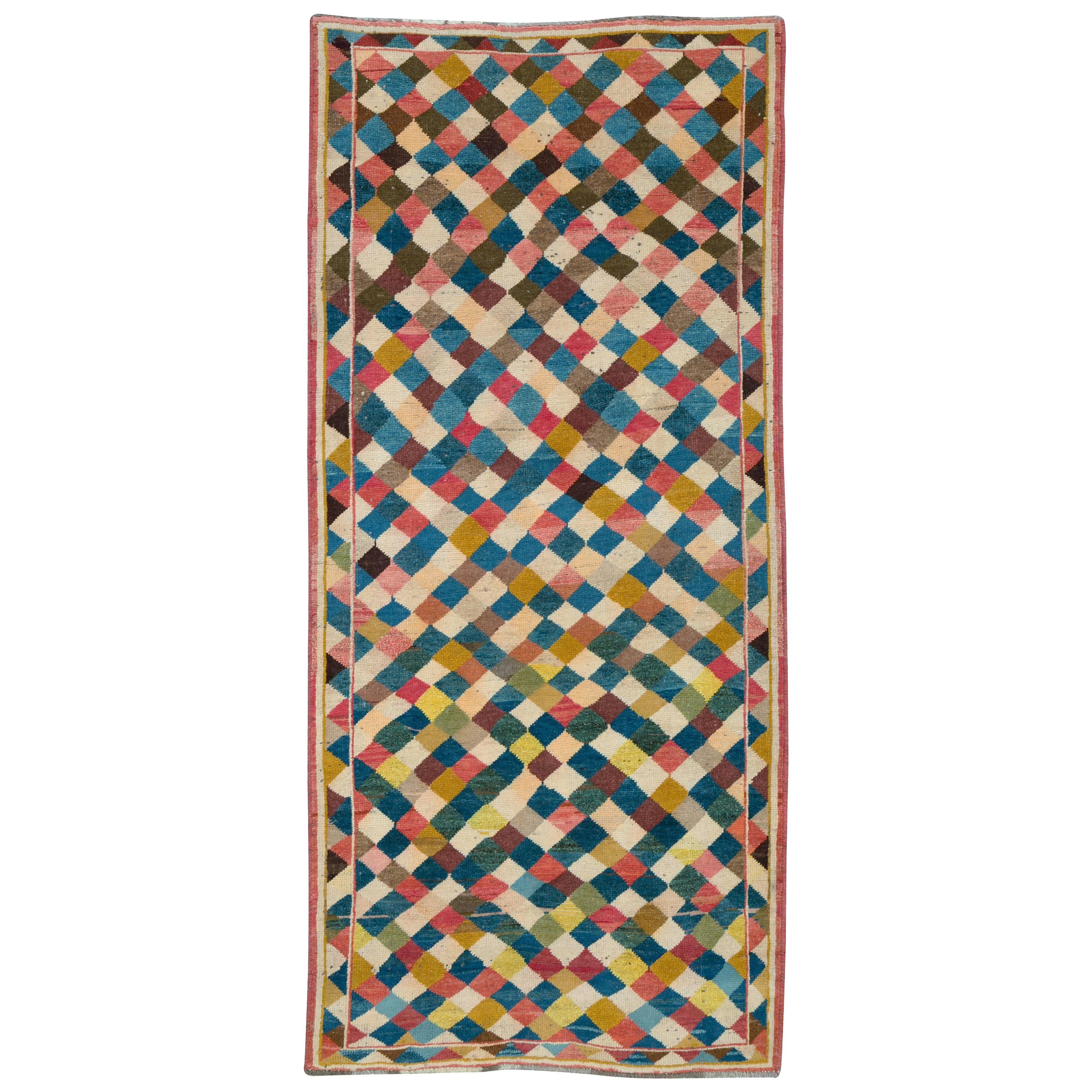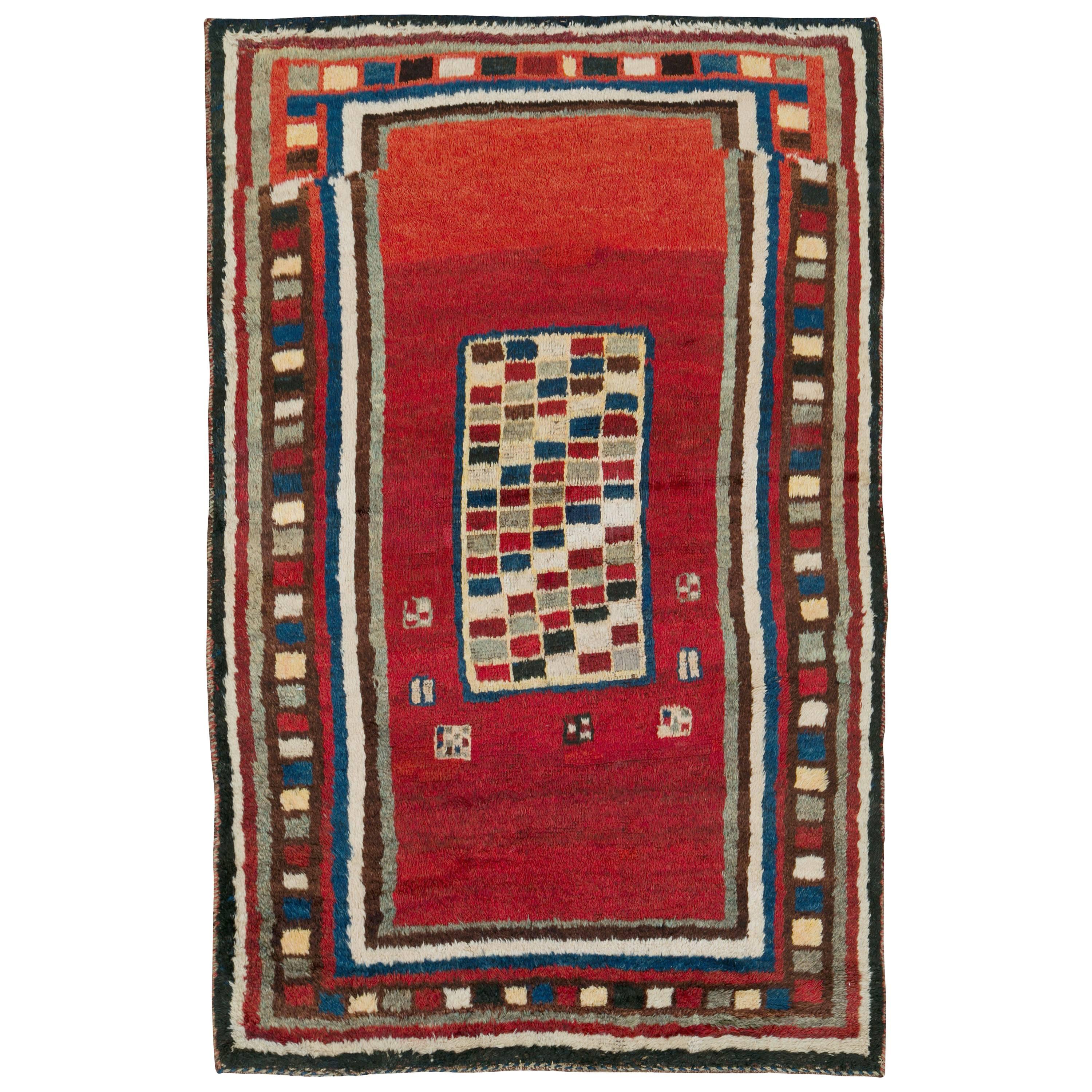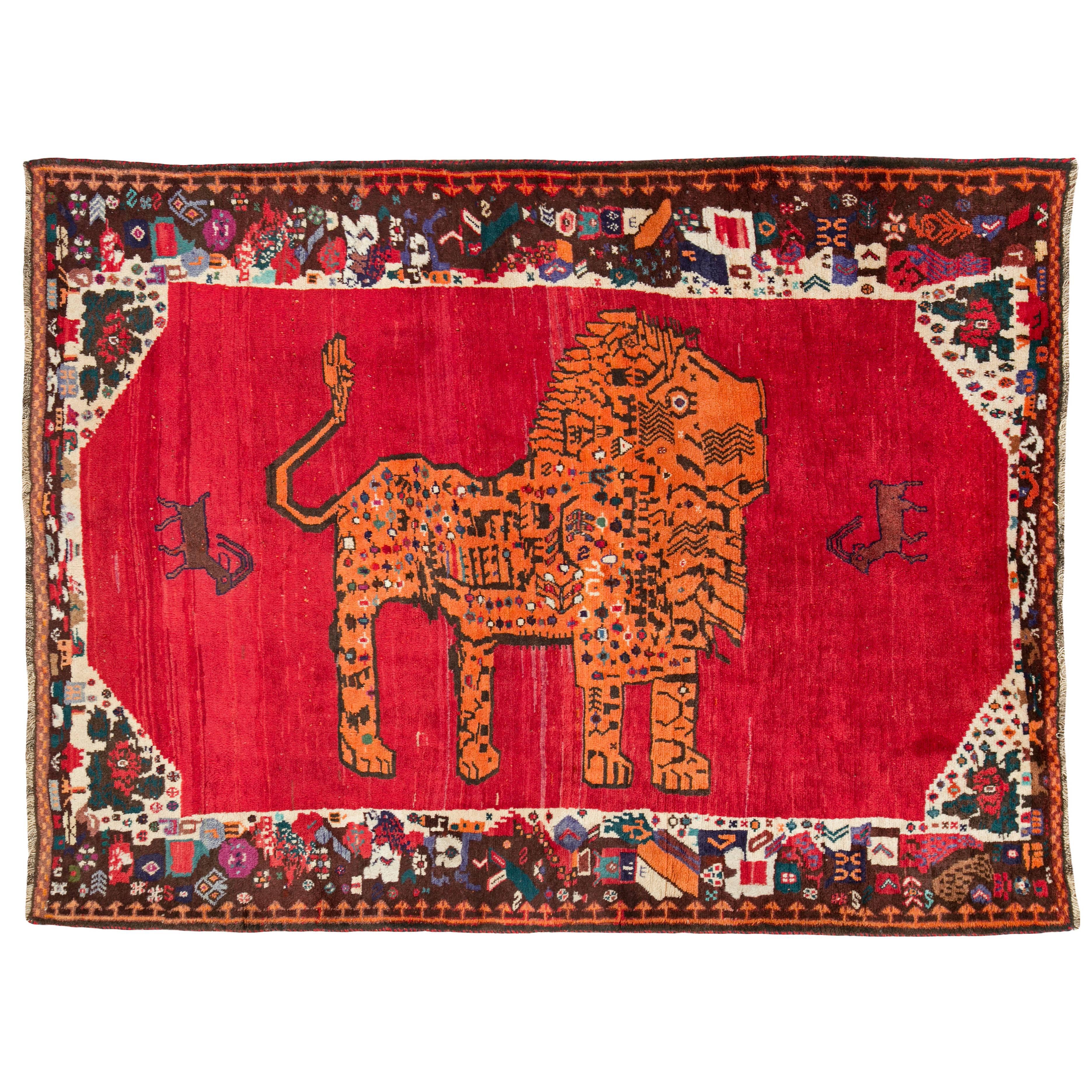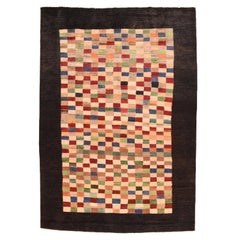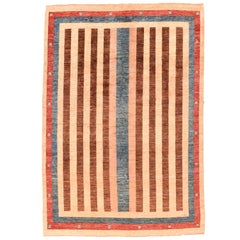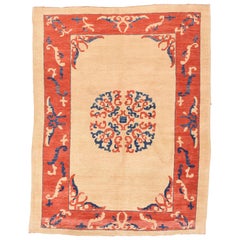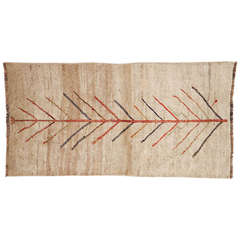
Vintage Persian Gabbeh
View Similar Items
1 of 2
Vintage Persian Gabbeh
About the Item
- Dimensions:Width: 30.71 in (78 cm)Length: 60.63 in (154 cm)
- Place of Origin:
- Period:
- Date of Manufacture:Early 20th Century
- Condition:
- Seller Location:Florence, IT
- Reference Number:1stDibs: LU95661086624
You May Also Like
- Vintage Persian GabbehLocated in New York, NYGabbeh or gabba carpets are a traditional variety of Persian carpet. Gabbeh is known as gava in Kurdish and Luri and is also called khersak in Bakhtiari, literally meaning a "bear's...Category
Vintage 1970s Persian Other Persian Rugs
MaterialsWool
$2,800 Sale Price20% Off - Vintage Persian GabbehLocated in New York, NYGabbeh or gabba carpets are a traditional variety of Persian carpet. Gabbeh is known as gava in Kurdish and Luri and is also called khersak in Bakhtiari, literally meaning a "bear's ...Category
Vintage 1970s Persian Tribal Persian Rugs
MaterialsWool
$3,920 Sale Price20% Off - Vintage Persian GabbehLocated in New York, NYGabbeh or gabba carpets are a traditional variety of Persian carpet. Gabbeh is known as gava in Kurdish and Luri and is also called khersak in Bakhtiari, literally meaning a "bear's ...Category
Vintage 1970s Persian Persian Rugs
MaterialsWool
$2,800 Sale Price20% Off - Vintage Persian GabbehLocated in New York, NYCategory
Vintage 1970s Asian Persian Rugs
MaterialsWool
$792 Sale Price20% Off - Vintage Persian Gabbeh RugLocated in Dallas, TXA shaggy hand-knotted Persian Gabbeh rug with camel and beige chevron like patterning.Category
Mid-20th Century Persian Mid-Century Modern Persian Rugs
MaterialsWool
- Vintage Persian Gabbeh RugLocated in New York, NYA vintage Persian Gabbeh rug woven by the nomadic Qashqai tribe. This is definitely a conversational piece and one created for an artsy individual that can enjoy the quirkiness of vintage tribal rugs. Aside from the offset medallion and highly striated field ranging from brick to crimson red, the text reading "year 2536 (intended, most likely, for the year the rug was made)" is peculiar regardless if its source is from the Persian calendar (current year: 1397) or the Gregorian calendar (current year: 2018). Was the weaver an innumerate individual that lacked basic education and just slapped on some nonsensical numbers of a futuristic date onto the rug? Or, was this an extremely intelligent individual that possessed a skill that very few have? The ability to convert the old imperial Persian (Achaemenid) calendar created in 559 BC under Cyrus the Great...Category
Late 20th Century Persian Tribal Persian Rugs
MaterialsWool


